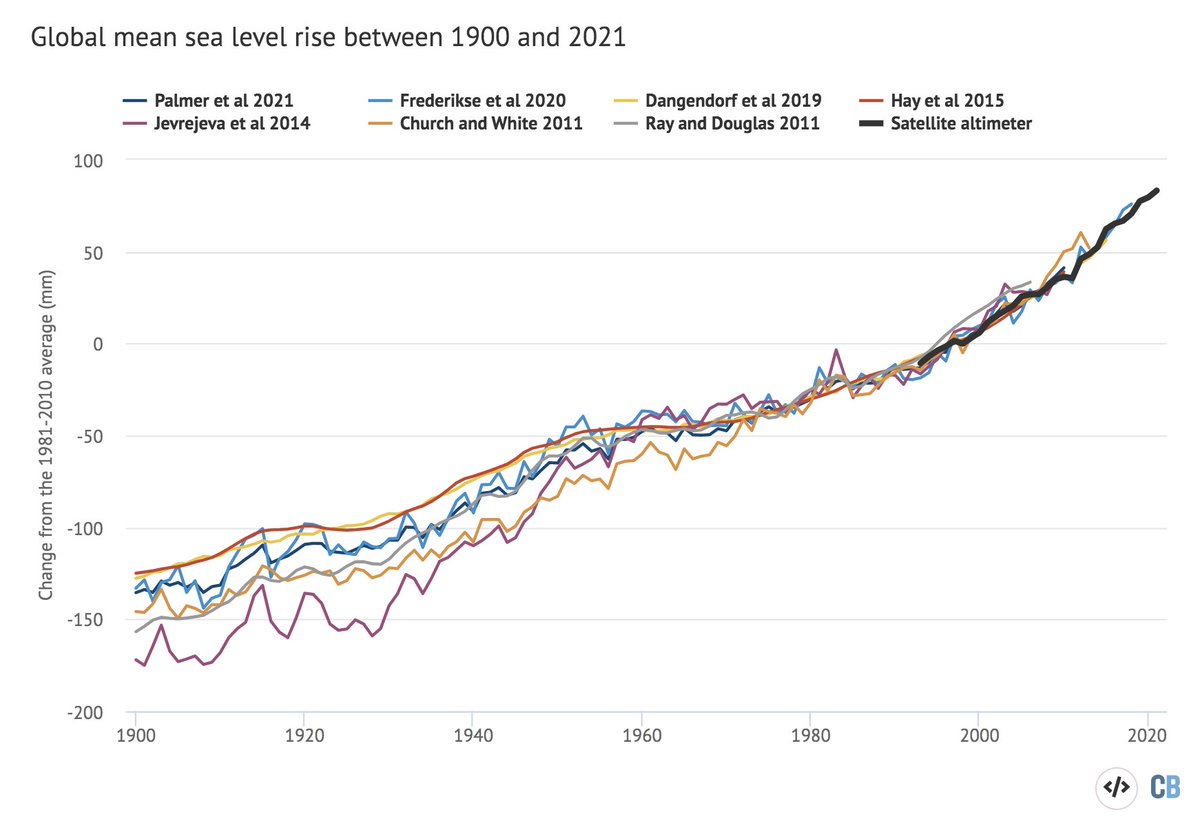
The Tonga eruption yesterday appears to be one of the largest volcanic events we have seen in decades.
We do not know how much cooling SO2 it has put in the stratosphere (data will come in later today), but this is the effect a Pinatubo-sized volcano would have on temps today:
We do not know how much cooling SO2 it has put in the stratosphere (data will come in later today), but this is the effect a Pinatubo-sized volcano would have on temps today:

That being said, we have no particular reason to think that this eruption will be Pinatubo-sized in terms of its stratospheric SO2 injection. That will depend on how much SO2 was released for how long how high in the stratosphere. We will know more in a day, so watch this space!
Scientists get excited about these sort of events because they can serve as natural climate experiments, but we should not lose sight of the real suffering on the ground that this event (and the resulting tsunami) have caused for people in Tonga and the surrounding regions.
We finally have post-eruption SO2 measurements in, and it looks like it is probably not enough to meaningfully affect global temperatures. That being said, more measurements will be taken, and more eruptions are possible.
https://twitter.com/simoncarn/status/1482612959104974848
For comparison, Pinatubo was around 20 Tg SO2: agupubs.onlinelibrary.wiley.com/doi/full/10.10…
• • •
Missing some Tweet in this thread? You can try to
force a refresh

















